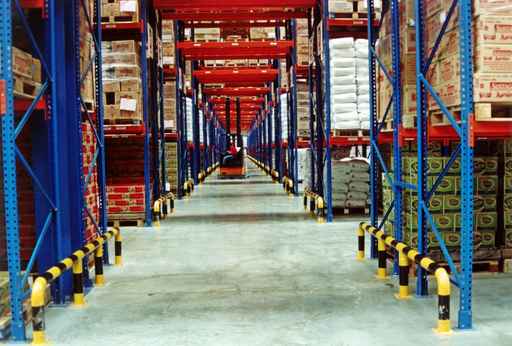SHIPS
are specifically designed and built to move safely through the water while
carrying cargo. But when travelling either without cargo or only partially
laden, ships must take additional weight on board to enable them to operate
effectively and safely. This weight, known as ballast, is crucial to maintain
safe operating conditions in shipping voyages as it reduces stress on the hull,
provides transverse stability, improves propulsion and manoeuvrability, and
compensates for weight lost.
Cross
section of a ship showing ballast tanks and ballast water cycle (left).
According to the International Maritime Organisation (IMO), the spread of
invasive species in ship’s ballast water is largely due to expanding global
trade and traffic volumes.
Although
essential for shipping operations, ballast water may pose serious ecological,
economic and health problems from the multitude of marine organisms/species
carried from one port to another. Species that have been moved, intentionally
or unintentionally, due to human activity into areas where they do not occur
naturally are called ‘introduced species’ or ‘alien species’.
The
International Convention for the Control and Management of Ships’ Ballast Water
and Sediments (BWM) was adopted at a Diplomatic Conference held at the
International Maritime Organisation (IMO) Headquarters in London on 13 February
2004. The Convention will enter into force 12 months after ratification by 30
states with 35 % of world merchant shipping tonnage. As of 31 October 2012, 36
countries representing about 29 % of world tonnage have ratified the
Convention. As only about 6 % of world tonnage needed to fulfil these
requirements remains, it is envisaged that the Convention would soon come into
force. Malaysia ratified the Convention on 27 September 2010.
With more than 70,000 ships passing through
the Straits of Malacca annually making it one of the busiest shipping lanes in
the world, the threat of marine environment contamination from ballast water is
serious and needs proper management and regulation.
Several
strategies have been developed and used globally, often including one or
several of the following:
- ·
Minimising
uptake of organisms into ballast water tanks by avoiding ballast water uptake
in shallow and turbid areas for instance in areas where propellers can stir up
sediment, and avoiding uptake at night when many organisms migrate vertically
in the water column to feed to reduce the number of organisms that enter
ballast water tanks.
- ·
Removing
ballast sediment through routine cleaning of ballast water tanks and removal of
sediment in mid-ocean or at specific facilities provided at ports to reduce the
number of organisms that could potentially be transported.
- ·
Avoiding
unnecessary discharge of ballast water. In circumstances where cargo handling
demands uptake and discharge of ballast water within a port, water taken up in
another area should not be discharged if possible.
- ·
Conducting
ballast water exchange either between ports, mid-ocean or in deep water to
reduce the risk of invasions.















.jpg)




